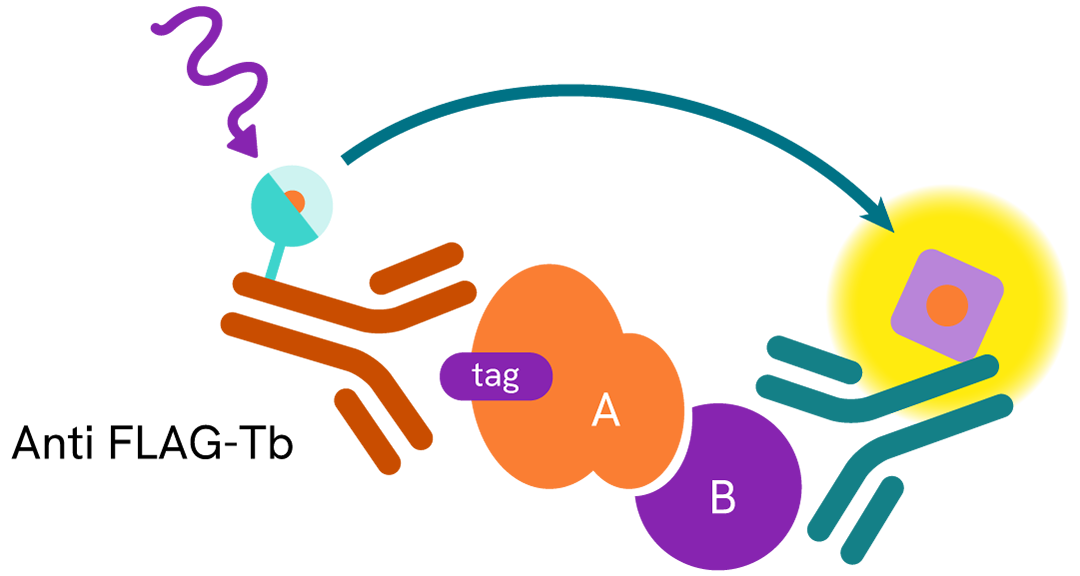

HTRF MAb Anti FLAG-Tb, 20,000 Assay Points

HTRF MAb Anti FLAG-Tb, 20,000 Assay Points
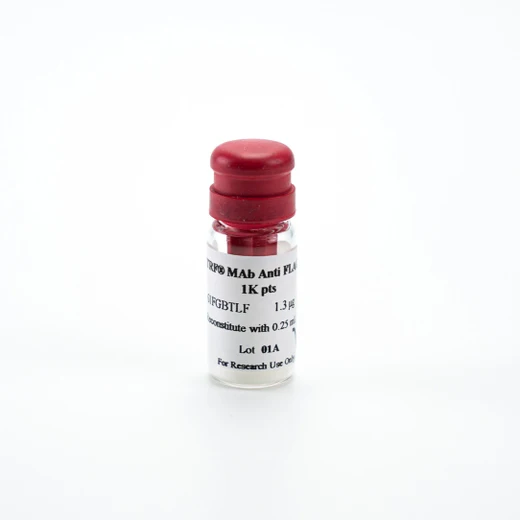

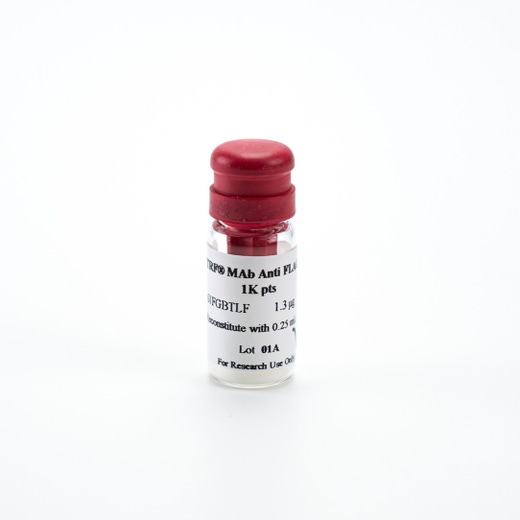

Tb cryptate-labeled anti-FLAG antibody for capturing FLAG-tagged proteins in protein/protein interaction assays.
For research use only. Not for use in diagnostic procedures. All products to be used in accordance with applicable laws and regulations including without limitation, consumption and disposal requirements under European REACH regulations (EC 1907/2006).
| Feature | Specification |
|---|---|
| Application | Protein-Protein Interaction |
Tb cryptate-labeled anti-FLAG antibody for capturing FLAG-tagged proteins in protein/protein interaction assays.
For research use only. Not for use in diagnostic procedures. All products to be used in accordance with applicable laws and regulations including without limitation, consumption and disposal requirements under European REACH regulations (EC 1907/2006).


HTRF MAb Anti FLAG-Tb, 20,000 Assay Points


HTRF MAb Anti FLAG-Tb, 20,000 Assay Points


Product information
Overview
MAb Anti FLAG-Tb cryptate is an antibody raised against FLAG® fusion proteins labeled with Tb cryptate. The anti-FLAG antibody will recognize the FLAG sequence at the N-terminus, intra, or C-terminus of FLAG fusion proteins.
This reagent can be used in both biochemical and cellular formats to study a wide variety of interactions: protein/protein, protein/peptide, protein/DNA, protein/RNA, protein/carbohydrate, protein/small molecule, and receptor/ligand.
HTRF can detect a broad range of affinity constants ranging from picomolar to low millimolar.
Specifications
| Application |
Protein-Protein Interaction
|
|---|---|
| Brand |
HTRF
|
| Detection Modality |
HTRF
|
| Product Group |
Fluorescent Reagent
|
| Shipping Conditions |
Shipped Ambient
|
| Target Class |
Binding Assay
|
| Technology |
TR-FRET
|
| Unit Size |
20,000 Assay Points
|
How it works
Assay principle
In an HTRF interaction assay, one partner is labeled (directly or indirectly) with the donor, and the other with the acceptor (again, directly or indirectly). The intensity of the resulting signal is proportional to the binding of the 2 partners. In the example shown here, MAb Anti FLAG-Tb cryptate binds to the FLAG tagged partner A, while partner B* binds to a specific Ab labeled with an HTRF acceptor.
*partner B can also be biotinylated, tagged, or Fc fused. In these cases, use the corresponding HTRF reagent (anti-Tag, anti-species, protA, Streptavidin) labeled with an acceptor for the detection.

Assay protocol
The example on the right describes the protocol using a 20 µL final assay volume for the detection of an interaction between a FLAG-tagged partner A and a non-tagged partner B*. Dispense the 2 partners (10 µL), incubate, add MAb Anti FLAG-Tb cryptate (5 µL) and anti-partner B labeled with acceptor (5 µL), then incubate and read.
*partner B can also be biotinylated, tagged, Fc fused, or directly labeled. In these cases, use the corresponding HTRF reagent (anti-Tag, anti species, protA, Streptavidin) labeled with an acceptor for the detection.
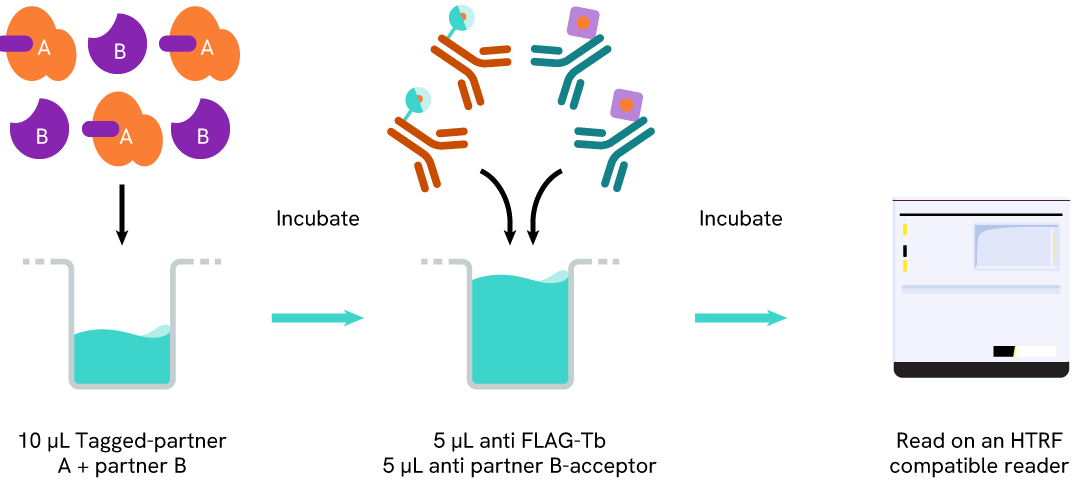
Assay details
How do the number of tests relate to the active moiety?
The average conjugate quantity per well reflects the overall biological material content. Use of the active moiety amount is generally preferred to the quantity of total conjugate. For Cryptate and d2 conjugates, the total conjugate amount equals that of the active moiety, since the molecular weight of the label is negligible. This is not the case for XL665 labeled entities, for which the quantity of total conjugate will vary depending on the final molar ratio of the XL665 conjugate. However, the amount of active moiety provided by Revvity is constant, and based on the number of tests ordered.
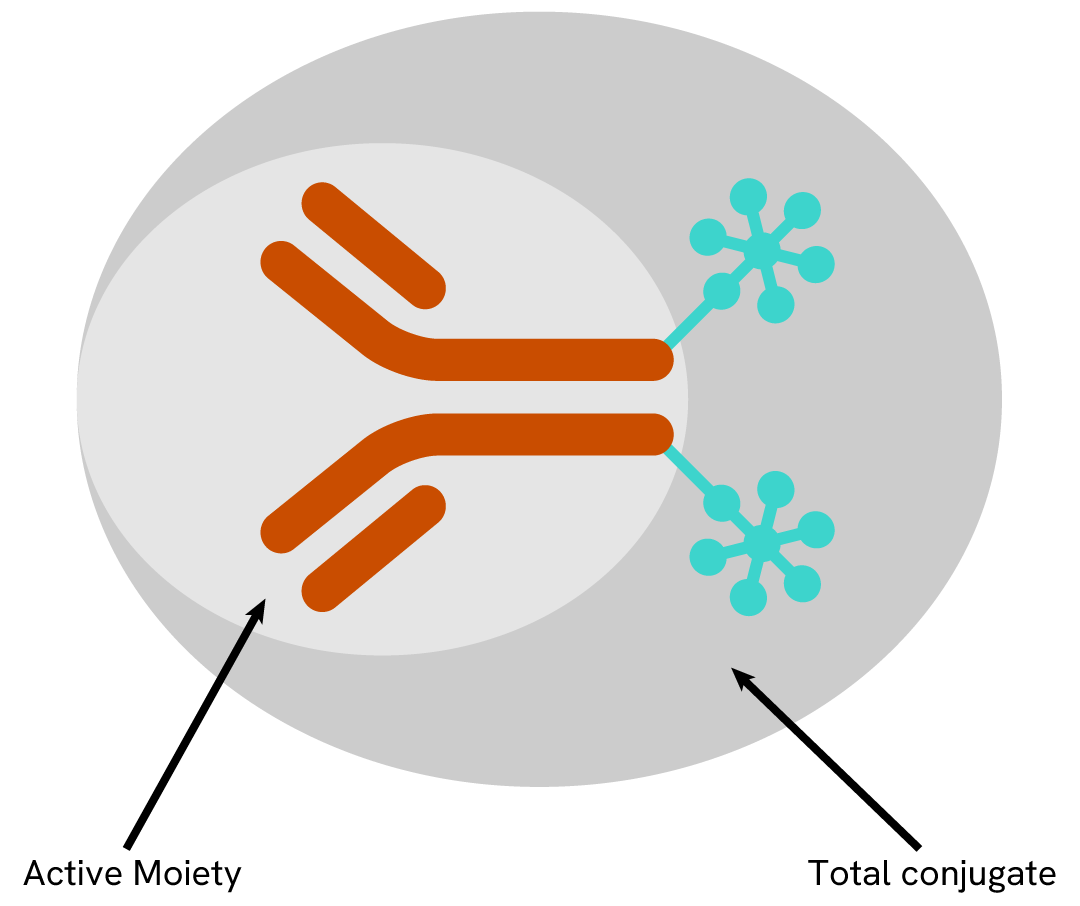
Resources
Are you looking for resources, click on the resource type to explore further.
HTRF: unfamiliar territory?
This technical brochure reviews the general principles of HTRF™ and the associated Tag-lite™ technology...
SDS, COAs, Manuals and more
Are you looking for technical documents related to the product? We have categorized them in dedicated sections below. Explore now.
-
LanguageEnglishCountryUnited States
-
LanguageFrenchCountryFrance
-
LanguageGermanCountryGermany
-
LanguageGreekCountryGreece
-
LanguageItalianCountryItaly
-
LanguageSpanishCountrySpain
-
LanguageEnglishCountryUnited Kingdom
-
Lot number01ALot dateDecember 3, 2026
-
Lot number01ALot dateNovember 29, 2026
-
Resource typeManualLanguageEnglishCountry-


How can we help you?
We are here to answer your questions.






























